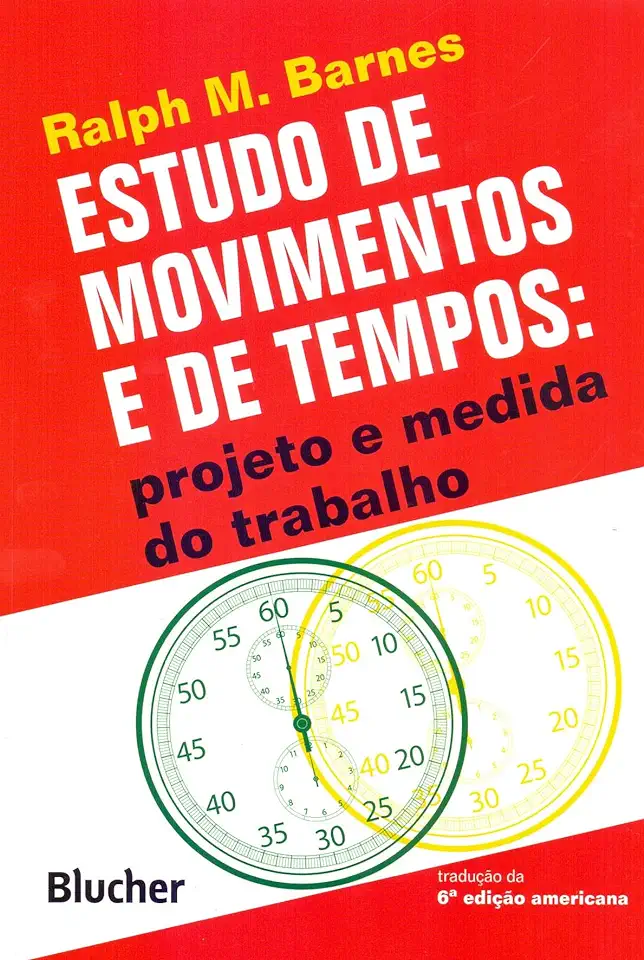
Motion and Time Study - Ralph Barnes
Motion and Time Study: Improving Productivity and Efficiency
Introduction
In today's fast-paced business environment, organizations are constantly seeking ways to improve productivity and efficiency to gain a competitive edge. Motion and Time Study, a seminal work by Ralph Barnes, offers a systematic approach to analyzing and improving work methods, leading to increased productivity and reduced costs. This comprehensive guide provides readers with the tools and techniques to optimize processes, reduce waste, and enhance overall operational efficiency.
Understanding Motion and Time Study
Motion and Time Study involves the systematic observation and analysis of human work to identify inefficiencies and develop more efficient methods. By breaking down tasks into their basic elements, identifying unnecessary movements, and streamlining processes, organizations can significantly improve productivity and reduce costs.
Key Concepts and Techniques
Barnes' Motion and Time Study introduces readers to various key concepts and techniques, including:
- Motion Analysis: This involves breaking down tasks into their basic elements, identifying unnecessary movements, and developing more efficient methods.
- Time Study: This involves measuring the time required to complete specific tasks, identifying bottlenecks, and setting realistic work standards.
- Work Simplification: This involves analyzing and redesigning work processes to eliminate waste, reduce costs, and improve productivity.
- Ergonomics: This involves designing workplaces and tasks to fit human capabilities, reducing fatigue, and preventing injuries.
Benefits of Motion and Time Study
Implementing Motion and Time Study can bring numerous benefits to organizations, including:
- Increased Productivity: By eliminating unnecessary movements and streamlining processes, organizations can significantly improve productivity and output.
- Reduced Costs: By identifying and eliminating waste, organizations can reduce costs associated with labor, materials, and equipment.
- Improved Quality: By optimizing work methods, organizations can improve product and service quality, leading to increased customer satisfaction.
- Enhanced Safety: By designing workplaces and tasks to fit human capabilities, organizations can reduce the risk of accidents and injuries.
- Increased Employee Morale: By involving employees in the process of improving work methods, organizations can boost employee morale and engagement.
Real-World Applications
Motion and Time Study has been successfully applied across various industries, including manufacturing, healthcare, retail, and logistics. Here are a few examples of real-world applications:
- Manufacturing: Motion and Time Study has been used to optimize production processes, reduce cycle times, and improve overall efficiency in manufacturing plants.
- Healthcare: Motion and Time Study has been used to streamline patient care processes, reduce waiting times, and improve the overall patient experience in healthcare facilities.
- Retail: Motion and Time Study has been used to optimize store layouts, improve inventory management, and enhance customer service in retail stores.
- Logistics: Motion and Time Study has been used to optimize warehouse operations, reduce shipping costs, and improve delivery efficiency in logistics companies.
Conclusion
Motion and Time Study by Ralph Barnes is an invaluable resource for organizations seeking to improve productivity, reduce costs, and enhance overall operational efficiency. By providing readers with the tools and techniques to analyze and improve work methods, this comprehensive guide empowers organizations to achieve sustainable success in today's competitive business environment.